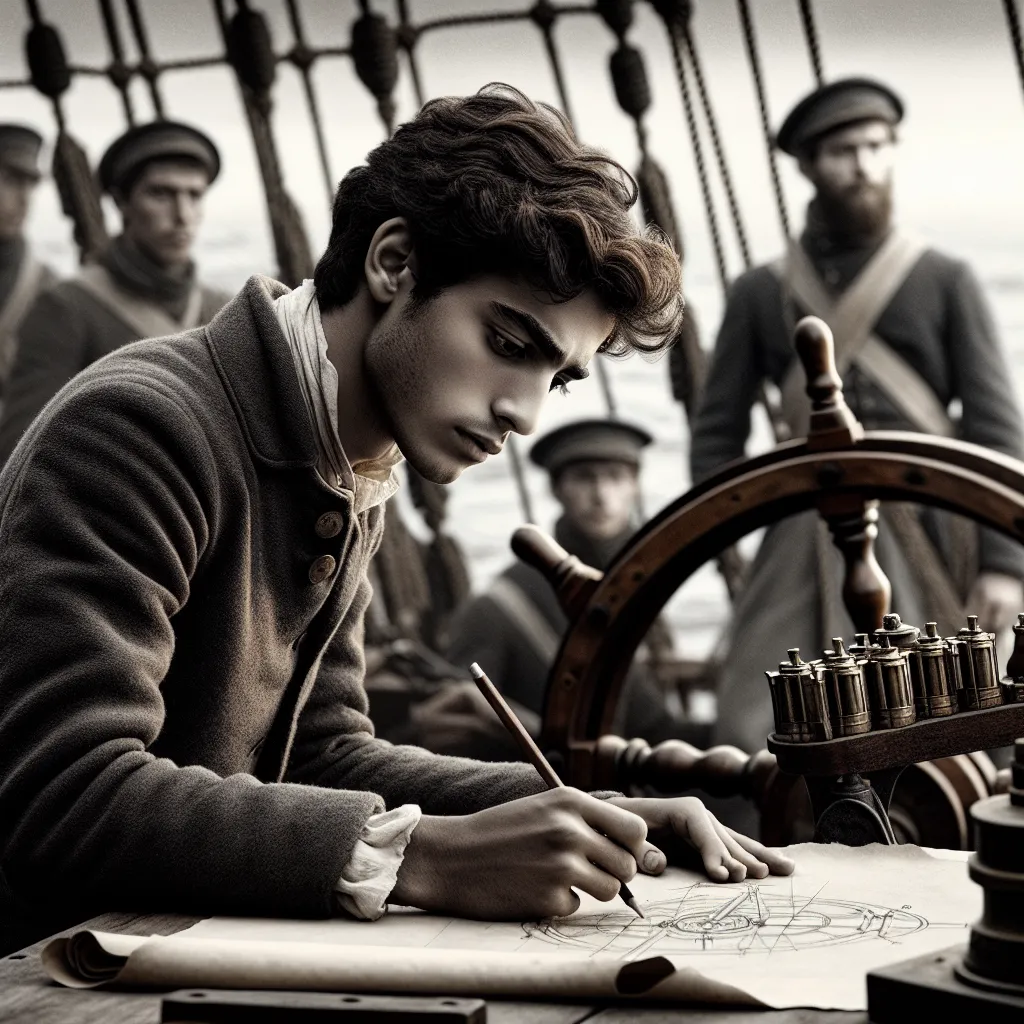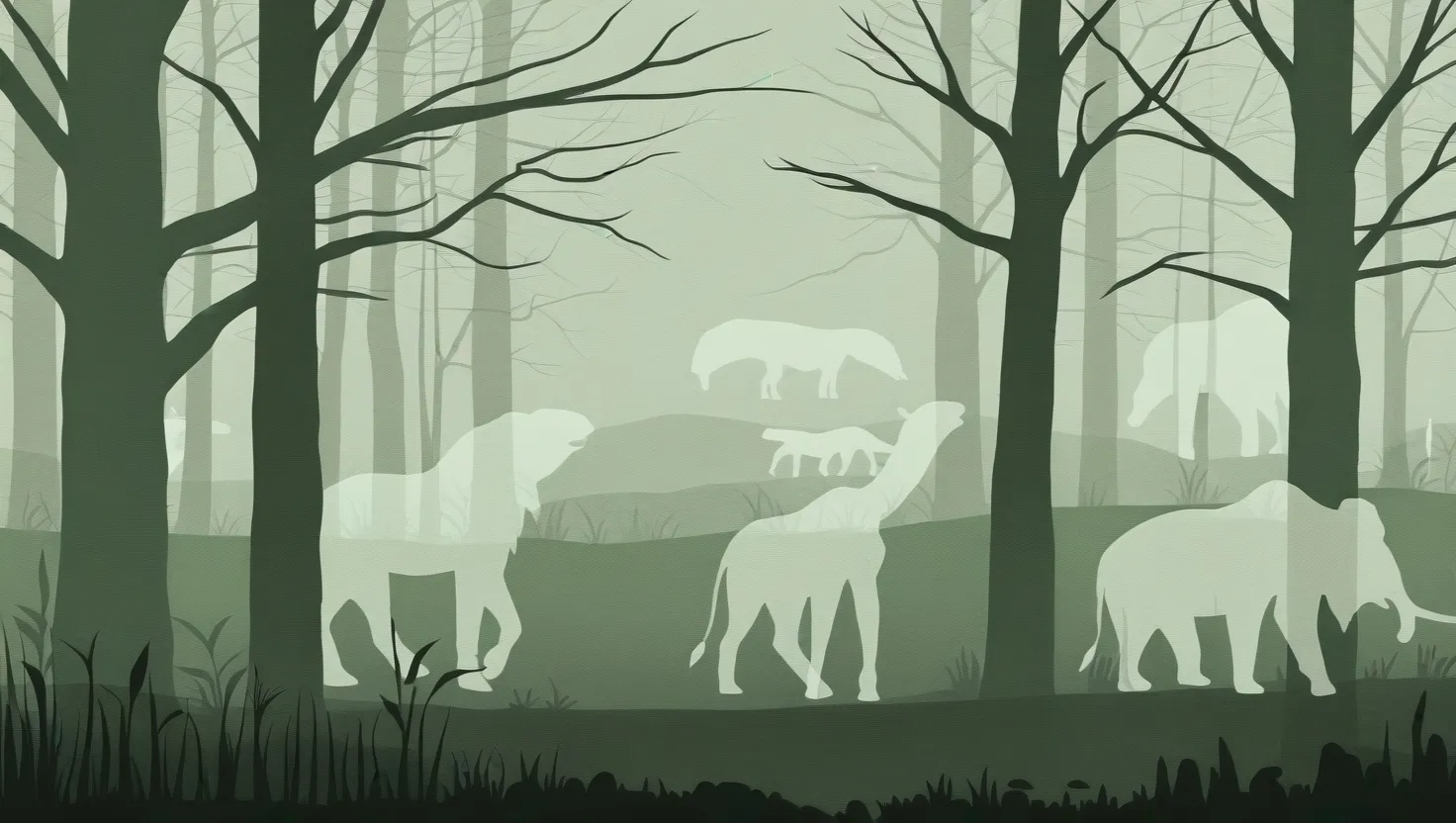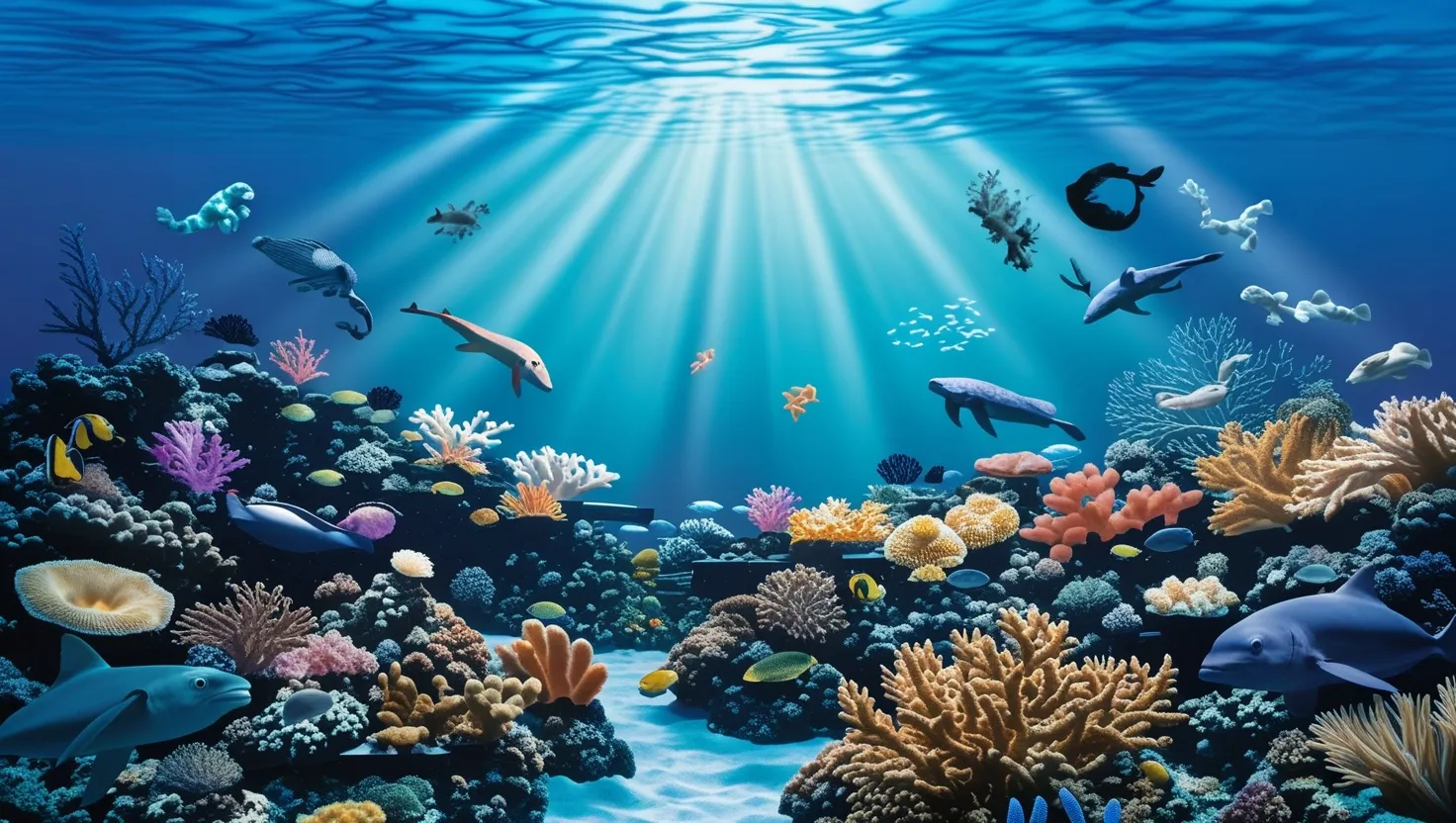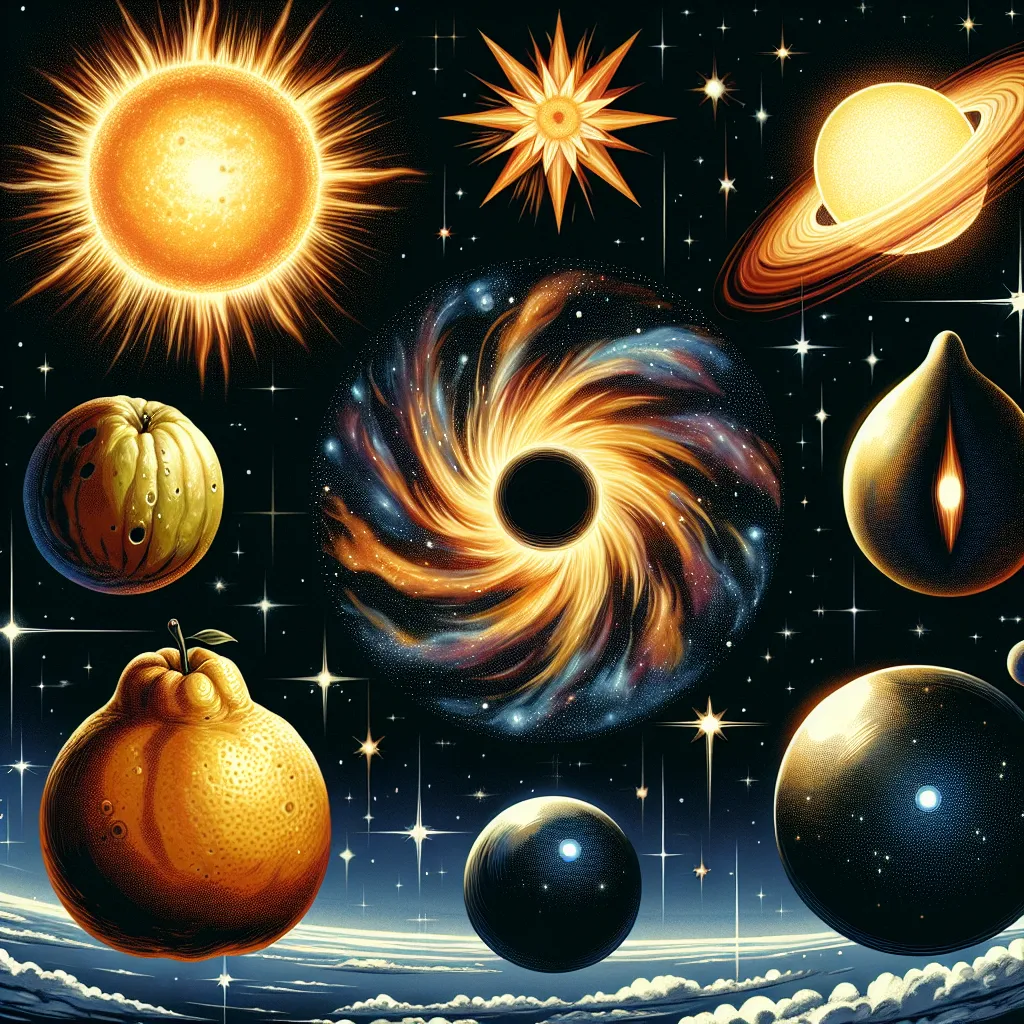The Earth is a unique, life-supporting rock floating through space—our one and only home in the universe. But its journey to becoming a living, breathing planet is a compelling mystery scientists are still uncovering. Let’s unravel the incredible story of how the Earth came to be.
Picture a vast cosmos, where a lone cloud of gas and dust in the Milky Way was destined to transform into our world. This colossal cloud, rich with the remnants of ancient stars, started to contract under the pull of gravity over millions of years. As it collapsed, the center heated up, forming the Sun, while the rest of the material flattened into a spinning disk. This spinning cloud of debris eventually formed the Earth and other planets.
Despite the compelling story of planetary formation, turning dust into a livable planet remained puzzling. A breakthrough came when astronaut Don Pettit’s experiment on the International Space Station revealed that in zero-gravity, tiny particles clustered together due to static electric charges. This clumping process was essential for the initial formation of planets.
With the Earth beginning to take shape, another marvel was at play: the creation of its magnetic field, sparked by the iron core forming deep within. This magnetic field, or magnetosphere, acts as a protective shield, blocking deadly solar winds and preserving Earth’s atmosphere.
The Earth’s turbulent journey continued with a colossal collision with a Mars-sized planet. This catastrophic event not only reshaped Earth but also flung material into space, forming our Moon. The Moon’s formation brought stability, influencing Earth’s tilt and seasons, both crucial for life.
Water, the essence of life, posed another mystery. The inner solar system’s heat made liquid water scarce. However, icy bodies from the outer asteroid belt bombarded early Earth, delivering vast amounts of water and creating our oceans. This bombardment, influenced by Jupiter’s gravity, was pivotal in transforming Earth into a watery world.
Earth’s early atmosphere lacked oxygen, vital for advanced life. Enter stromatolites, ancient microbial structures that used photosynthesis to produce oxygen. For billions of years, oxygen reacted with iron in the oceans, forming rust and depositing it on the sea floor. Only after these “banded iron formations” did oxygen levels finally rise in the atmosphere.
The journey from a molten, hostile environment to a blue planet teeming with life spanned over four billion years. From the first formation dust cloud to the emergence of humans, Earth’s history is a saga of cosmic events and delicate balances. Today, as we gaze at our magnificent world, we marvel at the extraordinary forces that molded the only safe haven in our vast universe—our home, Earth.






